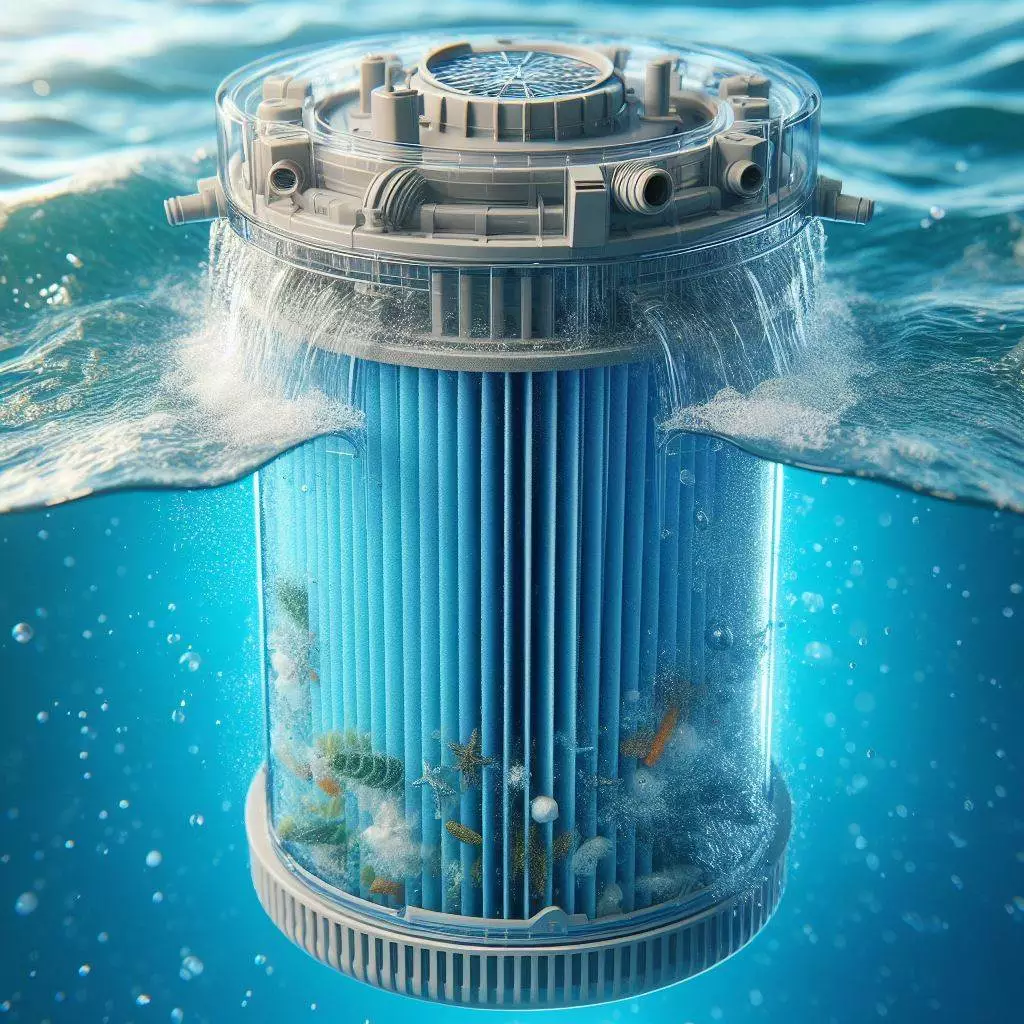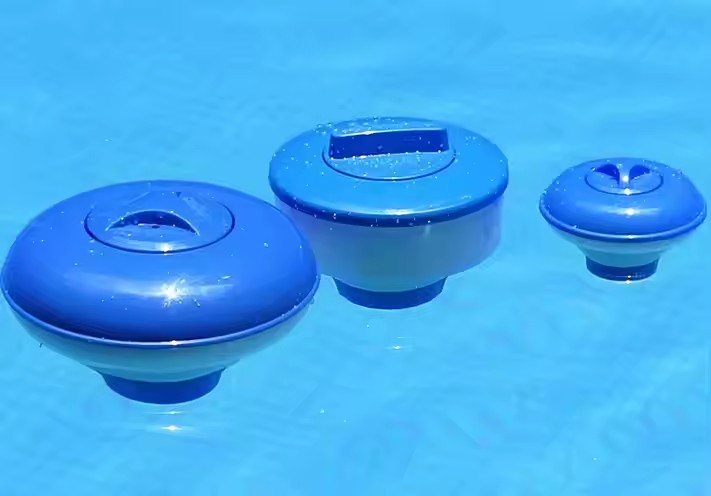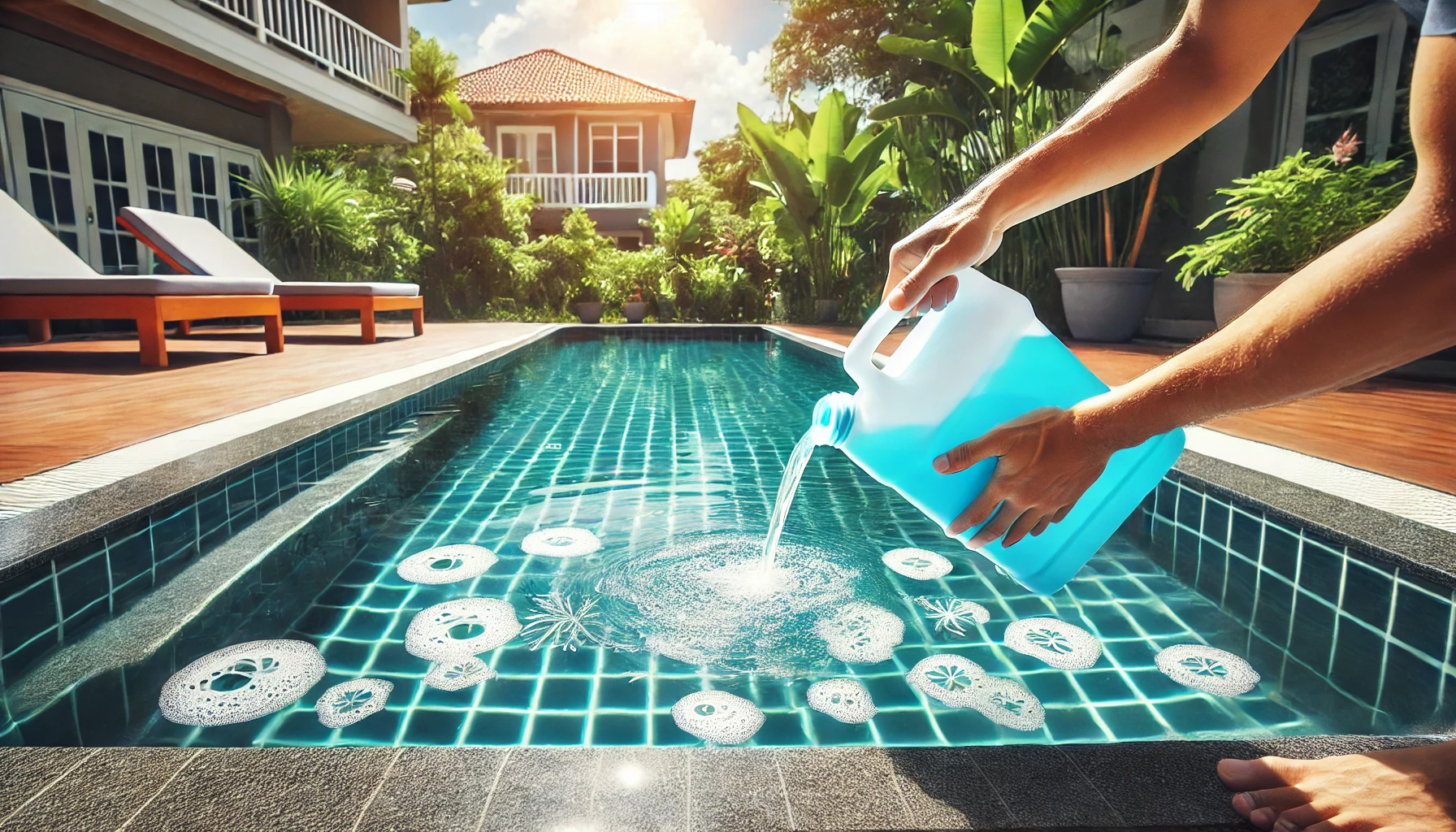In the quest for pristine swimming conditions, pool owners and maintenance professionals sift through a plethora of cleaning tools and filtration systems, each promising to deliver the clearest and healthiest water. Amidst a broad array of options, sand filters have emerged as a premier choice for pool cleanliness and water quality. This detailed analysis delves into the working principles of sand filters, comparing them with other pool cleaning tools to understand why they stand out in the competitive landscape of pool maintenance.
The Quest for Clean Pool Water
Swimming pools are synonymous with leisure, fitness, and fun. However, the enjoyment of these aquatic havens hinges on the clarity and purity of the water. Contaminants such as algae, dirt, and debris not only mar the pool’s appearance but also pose health risks to swimmers. This necessitates an effective and reliable cleaning and filtration system. Among the myriad of options available, sand filters distinguish themselves through a combination of efficiency, ease of maintenance, and cost-effectiveness.
A Primer on Pool Cleaning Tools
The market offers a wide array of tools for pool cleaning, ranging from manual skimmers and vacuums to chemical treatments and advanced filtration systems. Each tool or system comes with its own set of advantages and limitations. For instance, manual tools are straightforward and inexpensive but require significant time and effort. Chemical treatments can effectively kill bacteria and control algae but might alter water chemistry and require careful handling. Mechanical filtration systems, which include sand, cartridge, and diatomaceous earth (DE) filters, automate the cleaning process but differ significantly in their operation, maintenance, and filtration efficacy.
The Sand Filter: A Cut Above the Rest
Working Principle
At the heart of a sand filter’s operation is a simple yet ingenious principle: passing pool water through a bed of sand to trap and remove impurities. The filter consists of a large tank filled with specially graded sand. As water flows through the sand, particles and debris are caught within the tiny gaps between the sand grains. The clean water then exits the filter and returns to the pool. Over time, the accumulated dirt in the sand can clog the filter, reducing its efficiency. This is addressed through backwashing, a process that reverses the water flow to flush out trapped debris.
Comparative Efficiency
When compared to cartridge and DE filters, sand filters offer a balanced compromise between filtration quality, maintenance, and cost. Cartridge filters capture finer particles than sand filters but require frequent cleaning and replacement. DE filters provide the highest level of filtration but are more complex to maintain and more expensive. Sand filters, in contrast, provide sufficient filtration for most residential pools, require less frequent maintenance, and are more cost-effective over the long term.
Advantages Unpacked
Durability and Reliability
Sand filters are renowned for their durability and minimal maintenance requirements. The simplicity of their design translates to fewer moving parts and less wear and tear. This robustness ensures that sand filters can reliably serve pool owners for years before needing significant service or replacement.
Cost-Effectiveness
The initial investment in a sand filter is generally lower than that for DE or high-end cartridge filters. Additionally, the long intervals between sand replacements (typically every 5 to 7 years) and the low operational costs contribute to the overall cost-effectiveness of sand filters.
Wide Range Filtration Capability
While not as fine as DE filters, the filtration capability of sand filters is adequate for most pool environments, efficiently removing medium to large-sized particles. This makes them a versatile choice suitable for various types of pools.
Environmental Considerations
Compared to heavy reliance on chemical treatments, sand filters offer a more environmentally friendly approach to pool maintenance. By physically removing contaminants without the need for additional chemicals, they reduce the pool’s chemical dependency and the associated environmental impact.

Challenges and Optimizations
Despite their numerous advantages, sand filters are not without challenges. They may struggle to remove the finest particles, leading some pool owners to supplement their filtration with occasional chemical treatments. Optimizing the performance of a sand filter involves regular backwashing, monitoring water flow rates, and ensuring the sand bed is properly maintained and not compacted.
Conclusion
Through an analysis of their working principles and comparative advantages, it is clear why sand filters have emerged as a preferred choice in the realm of pool maintenance. Offering an optimal blend of efficiency, durability, and cost-effectiveness, they stand out among various pool cleaning tools. While no single solution fits all pool maintenance needs, for many, the sand filter represents a reliable, environmentally friendlier, and economical option, solidifying its status as a cornerstone of pool care technology.


